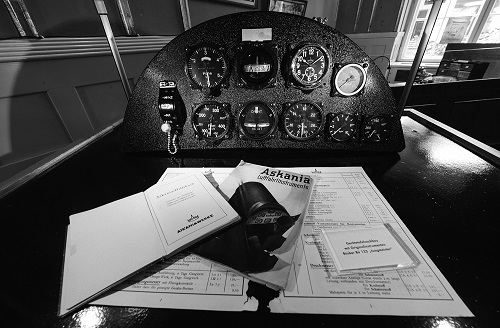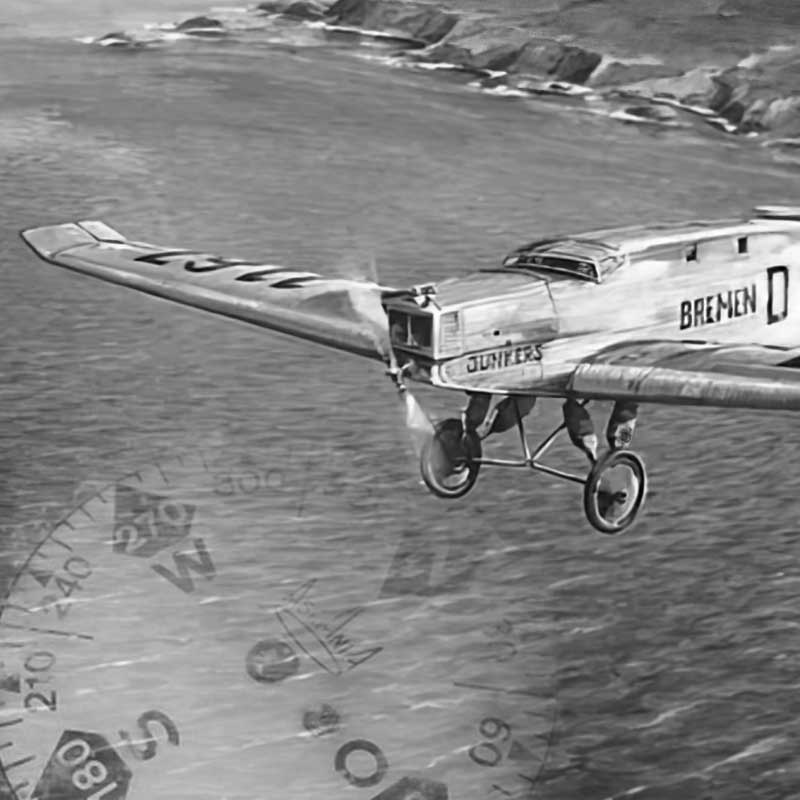ASKANIA
and
Aviation
There has been a close bond between Askania and aviation ever since the beginning of aviation in the 19th century. ASKANIA measuring and navigation instruments were used in the maritime sector even before Otto Lilienthal and the Wright brothers completed their first successful flights. Flight navigation in three-dimensional space developed from sea navigation. In the tradition of accurate marine instruments, ASKANIA developed precise flight navigation instruments in the early 1920s.
ASKANIA on-board instruments

Atlantic crossing

Elly Beinhorn
The names Elly Beinhorn and ASKANIA stand for a time marked by numerous records. Elly Beinhorn started her career as an aerobatic pilot. She fulfilled her wish for long-distance flights in the 1930s. At the age of 23, she flew to the Sahara on her own, and at 24, she circumnavigated the globe. She achieved many records with her Bf 108 “Taifun”, a legendary aircraft equipped with ASKANIA on-board instruments.

